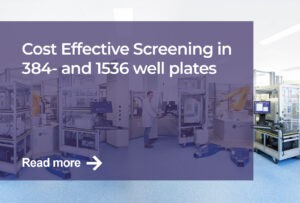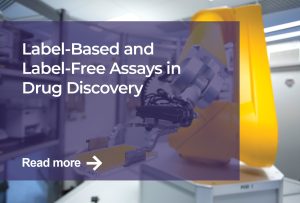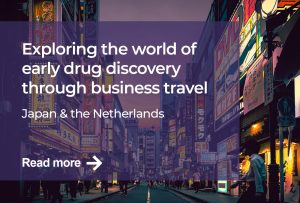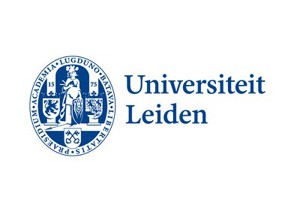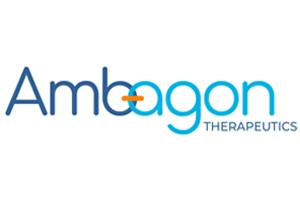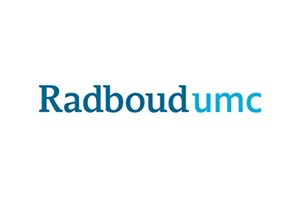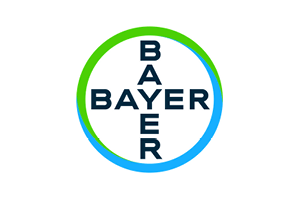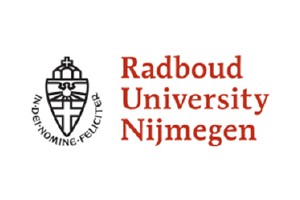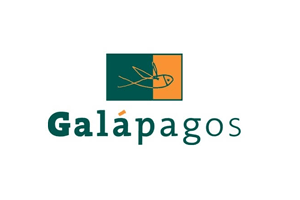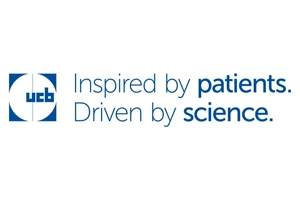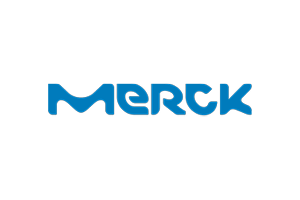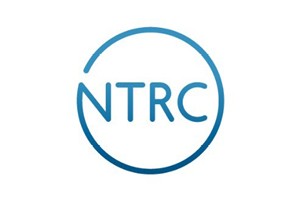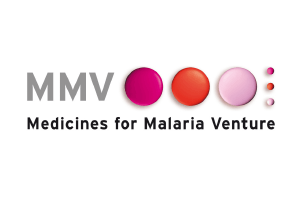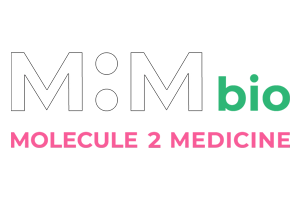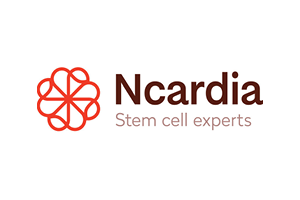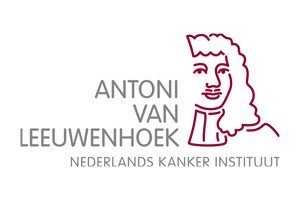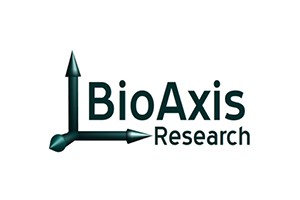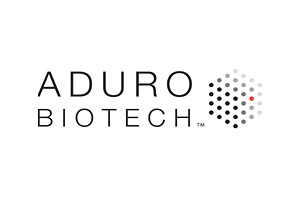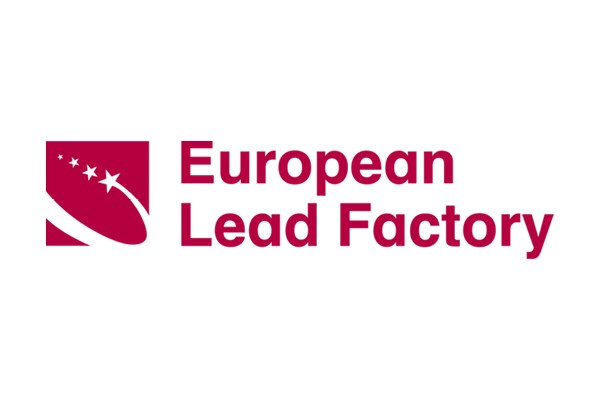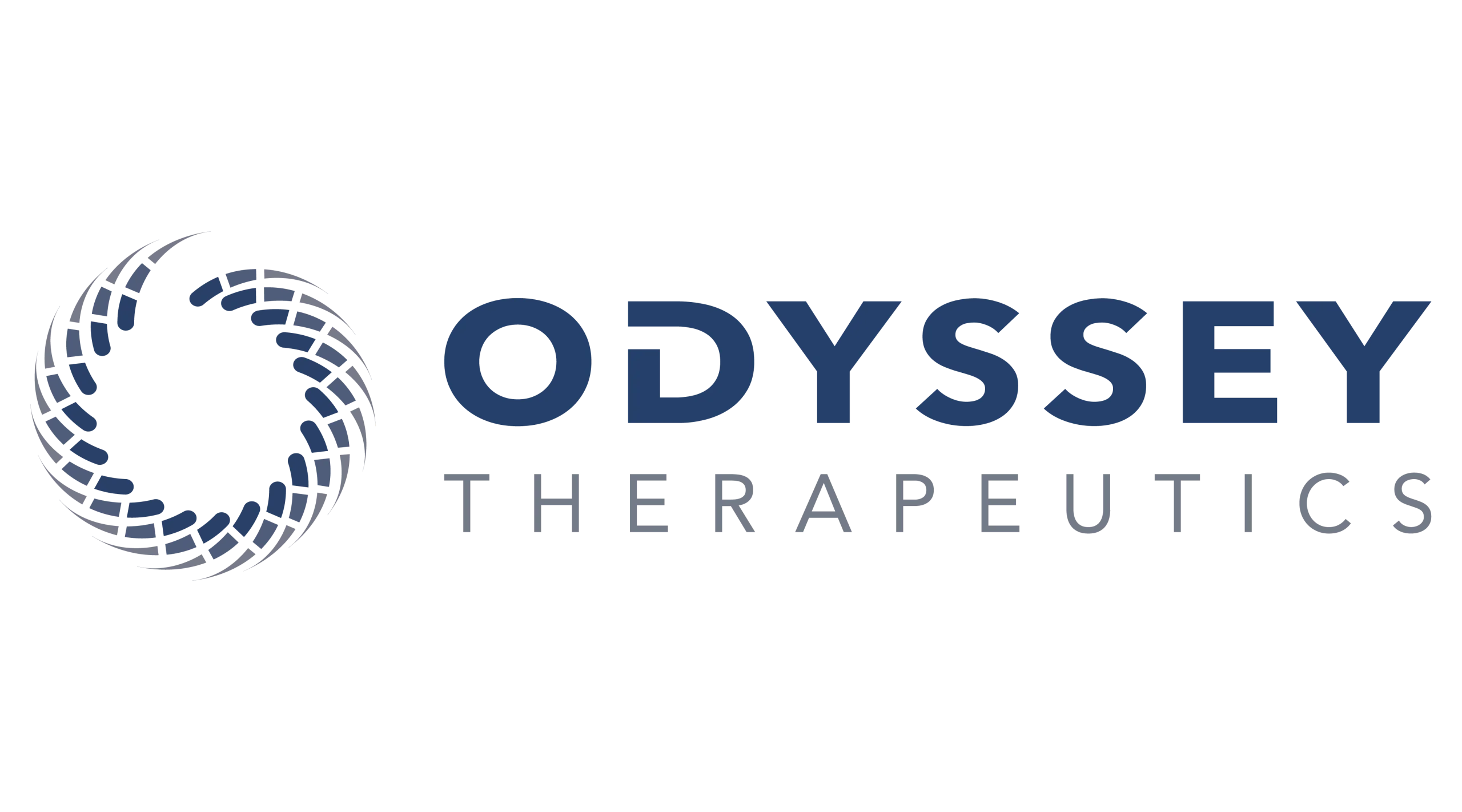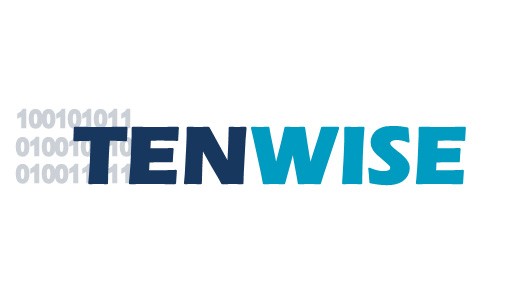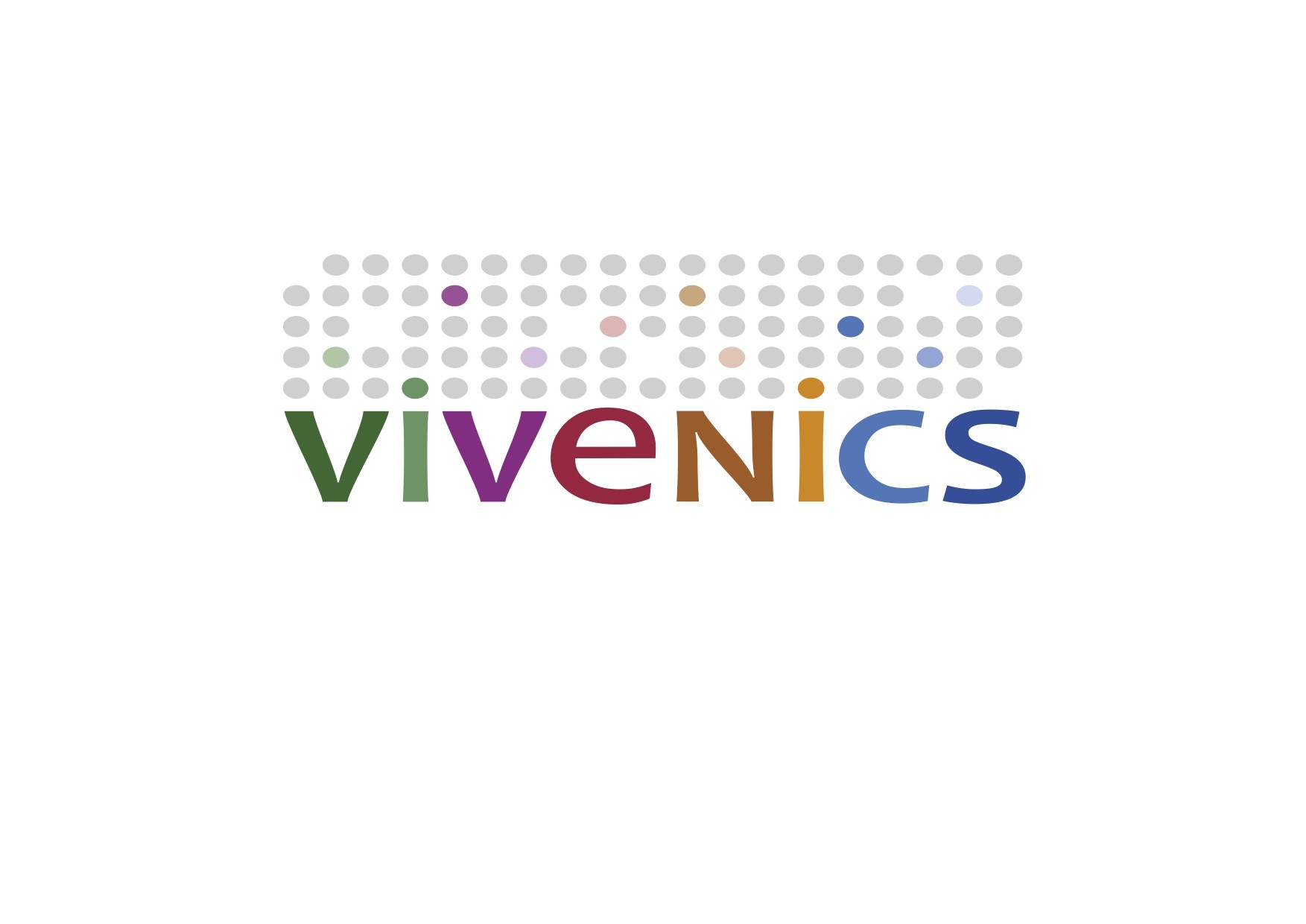As you can imagine, drug discovery needs to be fast and efficient to develop reliable medicines against threats like COVID-19. The reality is that this process is long, unpredictable, and a complex infrastructure is needed. In my personal experience, academic research is curiosity-driven and is often based on exploring fundamental and basic questions in natural sciences, which may partly relate to early target and drug discovery, or development of new techniques that may be applicable in the industry. This type of basic research may bifurcate in many directions, but gaining fundamental knowledge of basic natural principles is an absolutely crucial step, prior to advancing to applied sciences and applications in the industry. An obvious example is quantum physics that was purely theoretical decades ago but now our technologies in the digital age heavily relies on it. The freedom to be open minded for new exciting opportunities is highly appreciated amongst all academics and is for me a main reason to be enthusiastic and dedicated to my work.

Figure 1. From drug discovery to a clinical lead. The pyramid is showing roughly how many compounds are left over after each phase and an estimation of the amount years needed for drug development.
Pharmaceutical R&D is a long road, as the translation of early-stage to later-stage discoveries is required to achieve pharmaceutical products for clinical use (see Figure 1). Unfortunately, this transition is very risky and often associated with failures despite the large investments and resources made available to projects. Consequently, this results in a burden on the sustainability of pharmaceutical companies and is reflected by the high cost of new drugs. The costs for getting a drug on the market (from drug discovery to clinical trials to approval) are enormous, on average hundreds of millions, and it takes more than ten to fifteen years. In addition, less than 10 % of all leads that started in pre-clinical trial will make it to actual human testing. So, the couple of drugs that do reach the clinic need to cover the costs of failed drugs as well. This R&D productivity crisis has resulted in a change in classic pharmaceutical research model, in a way that biotechnology and pharmaceutical companies prefer to focus on later-stage de-risked drug development and outsource early discovery.
There is a new trend in the last couple of years, where academia, biotechnology companies, pharmaceutical companies, and contract research organizations (CRO’s) are increasingly collaborating and share the risks and the investments needed during the process of drug development. This open innovative and creative culture is a big step forward, stimulating cooperation between academia and industry to accelerate reaching a common goal: building a better and healthier future.
The COVID-19 lead discovery project at PPSC is founded by the European Lead Factory (ELF), a consortium that facilitates the access of academic institutions and small & medium enterprises (SMEs) to resources, infrastructure and know-how to accelerate drug discovery. In my view, public-private partnerships such as the ELF consortium play an important role in the future to create the perfect opportunity to bring the pharmaceutical industry and academics/SMEs together by providing access to a large scientific network, screening infrastructure and a high-quality compound library without upfront costs.
The application for ELF was my first experience to write a research proposal and I was lucky that PPSC has all the expertise in-house for the development of a solid COVID-19 drug discovery plan. Of course one aspect for the application is having a feasible and robust assay, though I learned from our experienced assay development team that it is also important to select the right deselection and orthogonal assays to identify false positive and negative hits. (If you are interested in assay development experiences from PPSC, we have published a paper in the SLAS Discovery Journal of Biomolecular Screening and you can also watch the on-demand webinar presented by my colleague Saman Honarnejad).
Besides having a feasible assay, writing an ELF proposal is about thinking beyond the screening process. Important questions to address are how to proceed with the qualified hit list and what will be the roadmap afterwards to establish clinical leads? While I am still learning about all the capabilities within PPSC, I noticed we have many partnerships inside our network and have various life science companies within reach to further collaborate on new opportunities. Although the exact details about these partnerships are still unknown and we are first preparing for the ELF screen, hopefully this project will be another step towards a more open, innovative and creative culture within R&D and more importantly helps to accelerate COVID-19 drug discovery.

